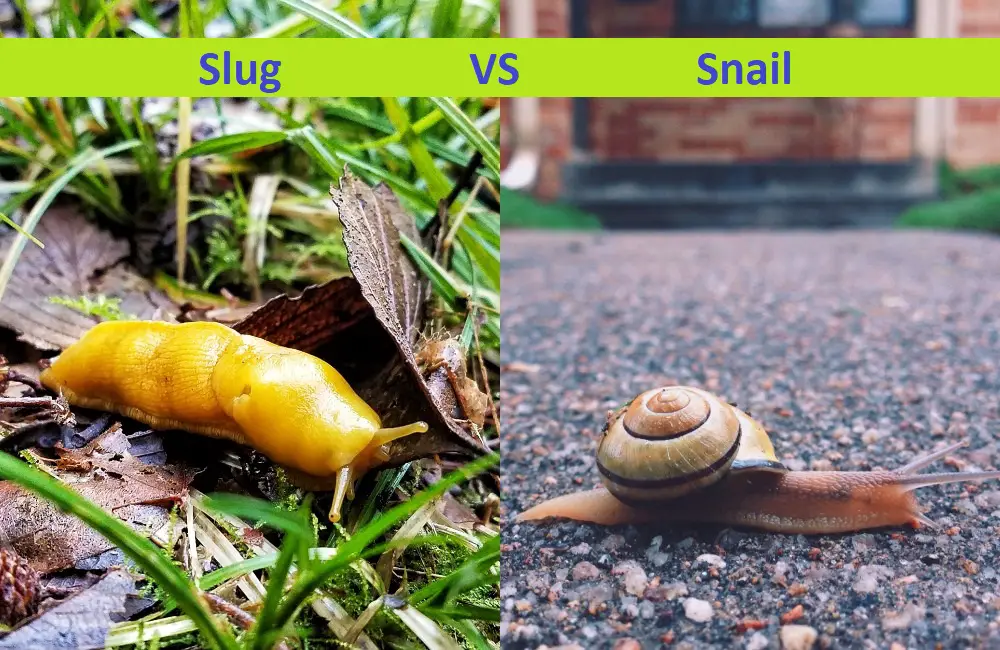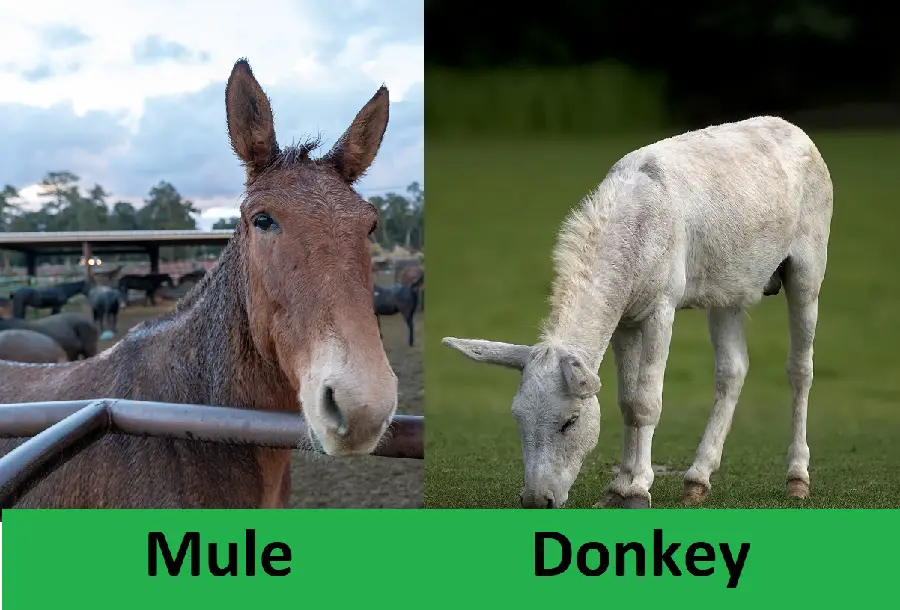Spaying Vs. Neutering: What Are The Differences?
Spaying and neutering both refer to the sterilization of an animal, so why are there two terms to denote the procedure?
Many people use the terms interchangeably, but the difference between spay and neuter is actually quite significant. To better understand why these words aren’t synonyms, let’s take a closer look at what both procedures entail and what tells them apart.

Spaying Vs Neutering
Let’s discuss what spaying and neutering mean to understand the differences better.
Spaying
Spaying, or, by its scientific name, ovariohysterectomy, is a surgical procedure done to remove a female’s reproductive organs – either the ovaries and the uterus, or only the ovaries (in which case it is called oophorectomy). In rare cases, the uterus and only one of the ovaries may be taken out.
The surgery is done under general anesthesia and entails a pretty complex – but generally safe – procedure. The vet will make an incision in the animal’s abdomen, carefully remove the reproductive organs, and then close the incision suturing several layers, including the abdomen’s wall, the hypodermis, and finally the outer layer of the skin.
Because spaying is an invasive procedure, the pain medication should be administered in the first few days, and the animal will take a week or two to recover completely.

Neutering
Neutering is also referred to as orchiectomy and entails removing the testicles of a male animal. The term is sometimes used to refer to “desexing” regardless of gender, but it generally involves the sterilization of males.
The procedure is faster and more straightforward than spaying, involving making an incision in the animal’s scrotum, removing the testicles, and then tying off the testicle stalks.

Neutered animals usually bounce back almost immediately after the anesthesia fades, but they should avoid effort and be kept in a stress-free environment for a few days.
After castration, the males will not produce testosterone anymore, and therefore will generally show a more submissive behavior, less aggression, and increased working capacity (in the case of horses or cattle, for instance).
Recommended for you:
- Difference Between Mule and Donkey
- Differences Between Ground Squirrel and Chipmunk
- Differences Between Bison and Buffalo
Differences Between Spaying and Neutering
As you can see, these two terms aren’t synonyms and shouldn’t be used interchangeably. The table below will show you what the difference between spay and neuter is in a straightforward, concise manner.
Spaying |
Neutering |
|
|
|
|
|
|
|
|
|
|
Did you like our post about the neutering and spaying difference? Don’t forget to subscribe, and we promise you’ll have lots of fascinating articles and news coming your way.






